We can hold each other’s stories more tightly—and our own, less
We get caught up in the stories of who we think we are, what we’ve achieved (or not), and what qualities we think we possess.
During my grad-school years in New York City, I enjoyed overhearing over lunch what would become familiar patterns of one-on-one lunch conversations all
around me.
“Look, I’m not the kind of person who is quick to
anger, but …” began one woman as she launched, post-pastrami, into a tale of how her daughter’s religious-school director had provoked her beyond recognition.
“Who does that?” eked out another through gritted teeth, throwing her hands up in the air and into the arms of a scurrying waitperson, defining herself by the kind of
behavior she would never, but never, perform herself. Her companion rolled his eyes as the two of them in ready coordination scooted their curry dishes around
each other on the table to help the other sample them.
In both of these cases, the speaker conveyed a sense
that, in order to construct a self, she or he has to position before a friend a fairly rigid version of themselves, like the sculptural costumes of the modern dance company Pilobolus, a kind of personality into which to step and stand,
get sewn in, and only then be recognized.
Our work, in becoming more human and more mature, is to hold our own stories—including such stories of our “selves”—more lightly, allowing for more flexibility in our responsiveness. Our stories and experiences still exist but, paradoxically, we both have and transcend them in
order to become less bound to a single concept of who we are.
Spiritual teachers such as Byron Katie (and many
others) advocate questioning the truth of the stories we tell ourselves. Katie even instructs students of her method to turn a story into its opposite and to gauge its truth, which may be as great as, or even greater than, the original story.
What helps with the process of lightening up is
listening to another’s deep story. Just as helping others can lift our own moods, listening well to others can be an experience of releasing our hold on our senses of self. If we can hold the reality that someone else is living with
and lighten up on the tightness of the grip we place on our own, we stand the chance of developing compassion. Our heart is truly light enough to be able to “go out to” them. And, when we are being truly empathetic, the sense of ourselves and others belonging to each other in quiet equivalence grows.
Maybe try an aspect of this idea out for yourself. You could determine not how you want to “be” next time the occasion calls on you to listen well to help a family member or friend, but what you want to provide or do. Do you want to provide a “safe space” for them to share whatever they need to? Do you want to listen for what they are feeling but haven’t said yet and ask gentle and appropriate questions? Do you want to reflect back to them what you think you’ve heard?
None of these strategies has anything to do with
putting forward “the kind of person you are,” like my pastrami-saturated eavesdroppee. Yet you will likely find that you feel more centered, more solid outside the bounds of personality and story. And your bond with the other will feel that much deeper.
Our work with the two-hour, facilitated experience
called THE HUMAN JOURNEY® situates members of a group or family right within their history and their stories, and then, with a graduated method of listening, interaction, and the cultivation of a sense of the group as being larger than any individual, brings participants to that point of lightness with themselves and substance with each other. It’s proven useful for families deepening their sense of belonging in hard times and is now in practice in the healthcare
setting.
Related Posts
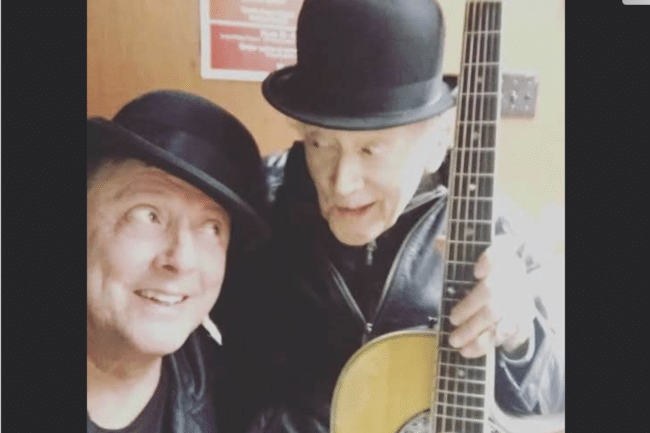
The Incredible Will to Sing
The will to make it to a loved one’s graduation or wedding, or to the birth of a new baby, somehow compels the body to obey the will. Stu Klitsner was going to sing at his only granddaughter’s wedding, come hell or high water.
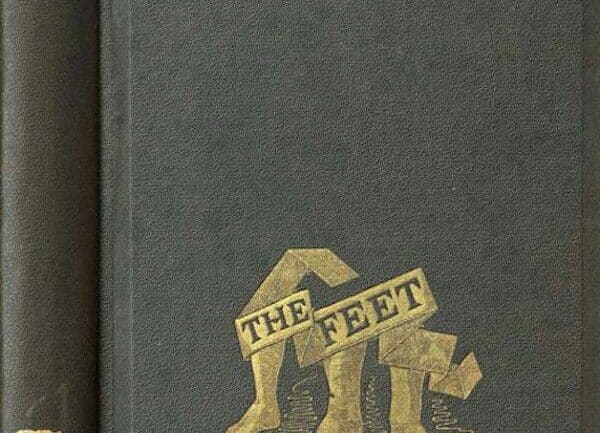
The Chaplain’s Feet
Chaplains exercise their humanness with every patient or family member they meet. What are the parallels between the kind of presence chaplains bring in the spiritual realm and that of the dancer who sees her choreography and performance as a kind of chaplaincy?

Whacking a Gun
At the 2023 Parliament of the World’s Religions, blacksmiths from RAWTools demonstrated how they took guns that had been surrendered from a variety of sources and re-formed them into garden hand tools, making literal their mission and message of anti-violence. The organization takes literally the passage from the Book of Isaiah to “beat their swords into plowshares and their spears into pruning hooks.”
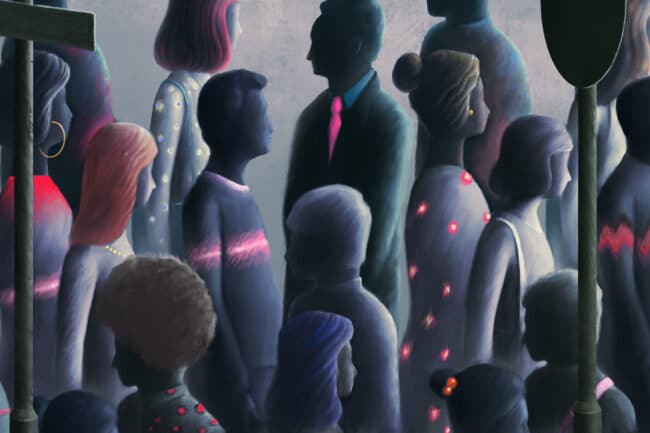
A Vaccine for Loneliness?
Public health has gotten bigger and bigger in recent decades. What was only thought of in the past as individual choices, like drug addiction, gun violence, or smoking crossed over to be thought of by many as social issues and, eventually, as matters of public health. With the Surgeon General’s report that came out in May, 2023, loneliness and isolation may assume their place alongside them as social epidemics.
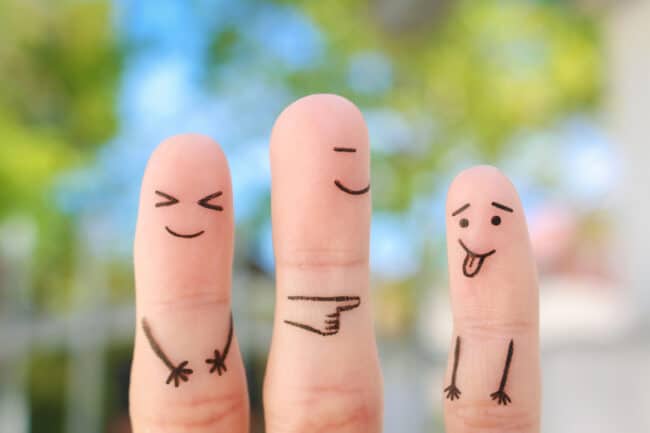
Grief on the Comedy Stage
Is it in supremely bad taste, or potentially healing in a social setting, to use death and dying as material on the American comedy stage? The post-pandemic fad of comedy shows that deal with what have been taboo topics is currently walking that line.
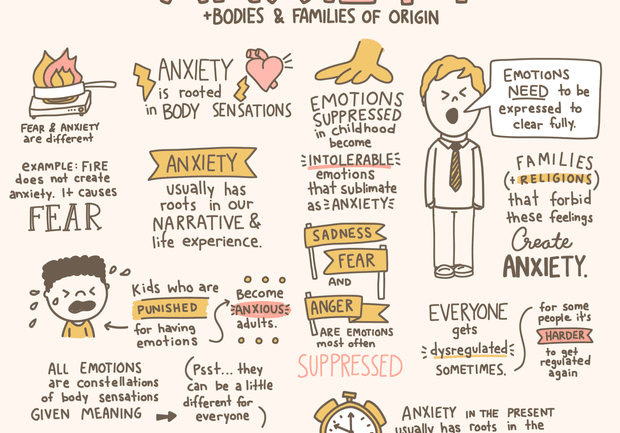
If You’re a Pro, You Gotta Have a Pro
Lindsay Braman’s example can open your mind about what sorts of both joy and utility you can create, simply by letting your own gifts out of the closet and using them in your work, in recognizing that, if a therapist/doodler can connect two passions, so can you.
